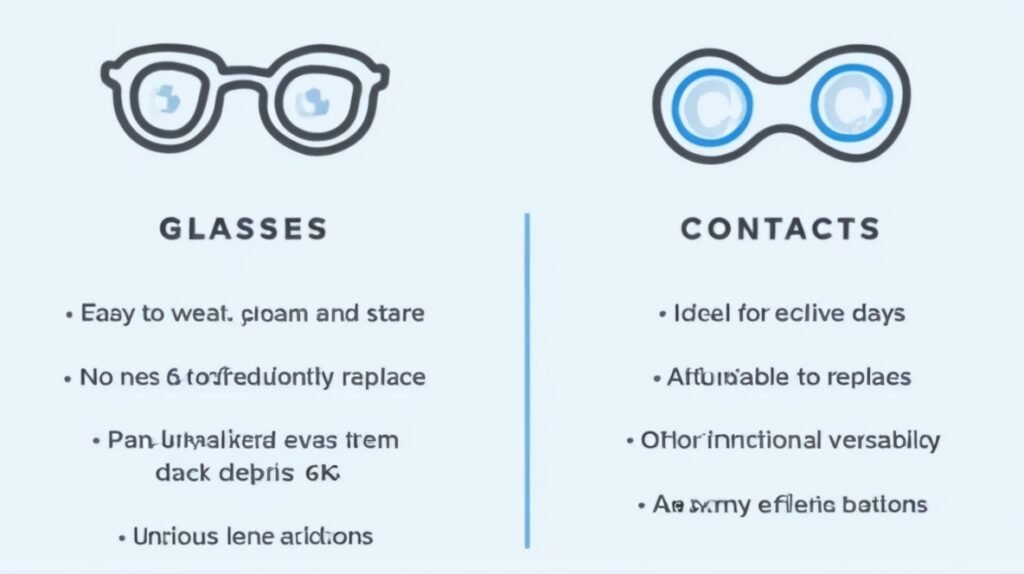Imagine a world where sight loss from corneal disease is a thing of the past. Thanks to a recent $35 million investment by the Australian government, this vision might just become reality. This investment, allocated through the Medical Research Future Fund, will establish a first-of-its-kind manufacturing facility for bioengineered corneas at the University of Sydney. This exciting development has the potential to revolutionize the lives of millions suffering from corneal blindness globally.
The Need for Artificial Corneas: A Global Challenge
Corneal disease is the third most common cause of blindness worldwide, affecting over 10 million individuals. This translates to over 2,000 Australians needing corneal transplants every year. Unfortunately, the demand far exceeds the supply of donor corneas. The waitlist for transplants can be lengthy, and even then, the success rate is not guaranteed. This is where artificial corneas come in, offering a promising alternative to overcome these challenges.
Bioengineered Corneas: A Ray of Hope
Bioengineered corneas are synthetic replacements for the natural cornea, the transparent layer at the front of the eye. These corneas are created using various techniques, including:
- Cell-based methods: These methods involve culturing stem cells from donor corneas or other sources to generate new corneal tissue.
- Decellularization: This process removes the cells from donor corneas, leaving behind a scaffold that can be repopulated with new cells.
- Synthetic materials: Newer methods are exploring the use of biocompatible synthetic materials to create corneas.
The Australian project focuses on a cell-based approach, led by the BIENCO consortium – a collaboration of leading universities, research institutions, and clinical experts. Their goal is to develop a bioengineered cornea that mimics the structure and function of a natural cornea, providing long-lasting vision restoration.
The Australian Investment: A Catalyst for Change
The $35 million investment will be crucial in establishing the manufacturing facility at the University of Sydney. This facility will:
- Scale up production: By developing efficient manufacturing processes, the facility aims to produce large quantities of bioengineered corneas, meeting the high demand for transplants.
- Reduce costs: The current cost of corneal transplants can be prohibitive for many patients. By streamlining production, the facility hopes to make bioengineered corneas more affordable and accessible.
- Advance research and development: The facility will serve as a hub for further research and development in the field of bioengineered corneas, leading to improved designs and functionalities.
Beyond Australia: Global Impact
This Australian initiative has the potential to impact the lives of millions beyond its borders. The increased availability and affordability of bioengineered corneas could significantly reduce the global burden of corneal blindness. Additionally, the research advancements made at the Sydney facility could benefit other countries working on similar technologies.
The Road Ahead: Challenges and Opportunities
While the potential of bioengineered corneas is immense, there are still challenges to overcome. These include:
- Regulatory approval: The new technology needs to undergo rigorous testing and gain regulatory approval before widespread use.
- Cost-effectiveness: Ensuring the affordability of bioengineered corneas for all patients remains a critical concern.
- Ethical considerations: Ethical concerns surrounding the use of donor tissue and the potential for commercialization need to be addressed.
Despite these challenges, the Australian investment in bioengineered corneas represents a significant step forward. With continued research, collaboration, and ethical considerations, this technology has the potential to bring the gift of sight to millions around the world.
Stay tuned for further updates on this exciting development as the Australian project progresses towards its goal of making bioengineered corneas a reality for all!
Additional Resources:
- BIENCO Consortium: https://www.sydney.edu.au/news-opinion/news/2021/12/16/world-first-consortium-to-fight-global-corneal-blindness.html
- The University of Sydney: https://www.sydney.edu.au/
- Australian Government Medical Research Future Fund: https://www.health.gov.au/our-work/medical-research-future-fund


